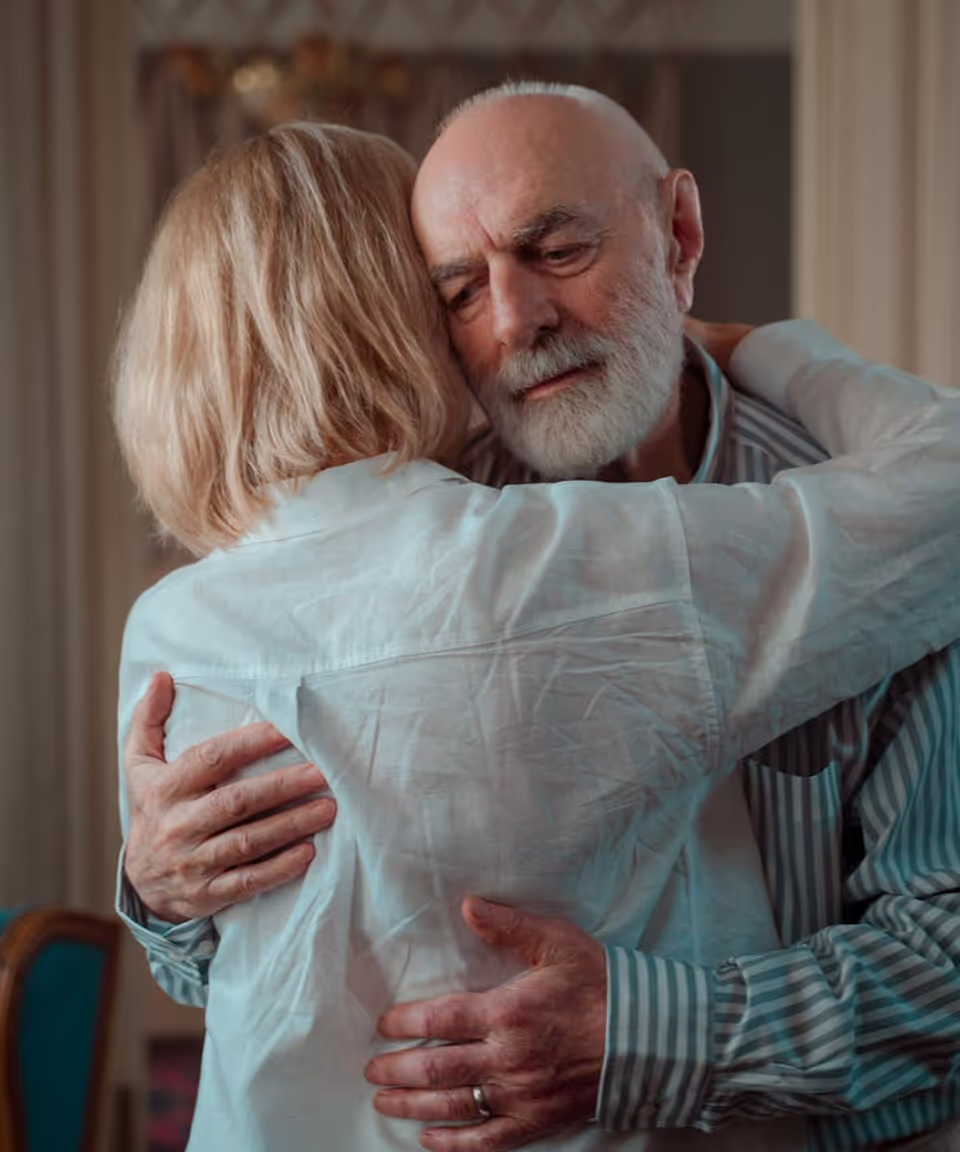
The difference between coping and healing
Coping helps you survive difficult moments, but it doesn’t resolve the pain. Healing goes deeper, facing wounds, processing emotions, and creating lasting growth.
Why Coping Isn’t Enough: The Hidden Struggles We Face
Life isn’t always smooth sailing. We all face challenges, some are small bumps in the road, while others can feel like insurmountable mountains. When we go through difficult times, whether it’s loss, trauma, anxiety, or stress, we often turn to strategies to help us “get through” the pain. This is where coping comes in.
Coping mechanisms are the strategies we use to manage our emotions and navigate stressful situations. These tools can help us survive in the short term. They’re what we rely on when we don’t know how to process our emotions or when we feel overwhelmed by life’s circumstances. But here’s the thing: coping isn’t the same as healing. And while coping can help us make it through the day, it doesn’t necessarily lead to long-term emotional growth or recovery.
What Does Coping Really Mean?
Coping is about survival. It’s the mental, emotional, or physical strategies we use to deal with pain, stress, and emotional turmoil. Common coping mechanisms include things like avoiding difficult emotions, distracting ourselves with activities, or even numbing ourselves with substances.
Some coping strategies, like exercise, talking to friends, or engaging in hobbies, can be healthy ways to deal with stress. But others, like denial, emotional repression, or overindulgence, can be unhealthy in the long run. While these coping mechanisms might provide temporary relief, they don’t address the root causes of pain or trauma.
Coping helps us manage distress, but it doesn’t resolve it. It keeps us in a state of “surviving,” rather than thriving.
Healing: The Deep Work of Transformation
Healing, on the other hand, is a much deeper process. It’s about truly confronting and processing the emotional wounds, trauma, or pain that we carry. Healing involves moving beyond simply surviving the pain, and instead, integrating it in a way that leads to emotional freedom, growth, and renewal.
Where coping focuses on managing and temporarily reducing symptoms, healing addresses the cause of those symptoms. It requires vulnerability, self-compassion, and a willingness to go through difficult emotions in order to come out stronger and more resilient on the other side.
Healing isn’t linear, it’s not something that happens in a day or even a month. It’s a journey of self-discovery, acceptance, and transformation. But unlike coping, which can leave us stuck in a cycle of avoidance, healing allows us to process our pain, learn from it, and ultimately grow beyond it.
Key Differences Between Coping and Healing
- Coping: Surface-Level Relief, Healing: Deep Emotional Transformation
Coping is about finding ways to ease the pain temporarily. It might help us get through the day, but it doesn’t change the underlying issue. Healing, on the other hand, is the process of addressing and working through our emotional wounds so that we can truly move forward. - Coping: Staying in Survival Mode, Healing: Moving Toward Thriving
When we cope, we’re essentially just trying to survive the moment. We’re not necessarily trying to grow or improve; we just want to get through it. Healing is about shifting from a mindset of survival to one of thriving. It’s about creating space for growth, renewal, and emotional freedom. - Coping: Avoidance, Healing: Acceptance
Coping often involves avoidance strategies, whether it’s pushing feelings down, distracting ourselves, or ignoring the pain. Healing, however, requires us to face our emotions head-on. It’s about acknowledging the pain, accepting it, and allowing ourselves to feel it fully before we can move past it. - Coping: Temporary Relief, Healing: Long-Term Transformation
While coping may bring us temporary relief, healing offers lasting change. Healing isn’t just about feeling better for a short time, it’s about transforming our emotional state in a way that lasts. It’s about creating new patterns of thinking, feeling, and behaving that support our long-term well-being.
When Coping Becomes a Problem
It’s important to recognize that coping isn’t inherently bad. It’s a natural part of the human experience, and we all need coping mechanisms to help us navigate life’s difficulties. However, when we rely solely on coping strategies and avoid the deeper work of healing, we can end up stuck. We may avoid facing our emotions, suppress our pain, or develop unhealthy habits that only prolong our suffering.
If you find that your coping mechanisms are no longer serving you, or if you feel like you’re stuck in a cycle of “just getting by,” it might be time to consider whether you’re ready to do the work of healing.
How to Start the Journey of Healing
- Acknowledge the Pain
Healing begins with acknowledging the emotional pain or trauma you’re carrying. This might involve sitting with uncomfortable feelings, identifying past wounds, or admitting to yourself that you’ve been hurt. It’s okay to feel vulnerable, it’s the first step toward healing. - Seek Support
Healing doesn’t have to be done alone. Therapy, support groups, or even close friends can provide a safe space to process your emotions. Professional support is especially important if you’re dealing with deep-seated trauma, grief, or mental health challenges. - Practice Self-Compassion
Healing requires patience and self-compassion. Be gentle with yourself as you move through the process. It’s normal to have setbacks, and you don’t have to be “perfect” in your healing journey. Treat yourself with kindness and recognize that healing is a process, not a destination. - Embrace Vulnerability
Healing involves embracing vulnerability and being open to the possibility of growth. It means allowing yourself to feel difficult emotions without shame or judgment. This vulnerability is what creates space for true healing to happen. - Create New Narratives
As you heal, you’ll begin to rewrite the stories you tell yourself about who you are. Instead of identifying with pain, loss, or trauma, you’ll begin to see yourself as someone who is strong, resilient, and capable of moving forward.
Coping and Healing: Two Sides of the Same Coin
While coping and healing are distinct processes, they are not mutually exclusive. In fact, coping can serve as a necessary stepping stone to healing. During times of intense pain, coping strategies can help us manage distress and create space for the emotional processing that’s necessary for healing.
However, it’s important to recognize that healing is where true transformation occurs. It’s the journey from surviving to thriving, from merely coping to truly living in emotional freedom and peace.














